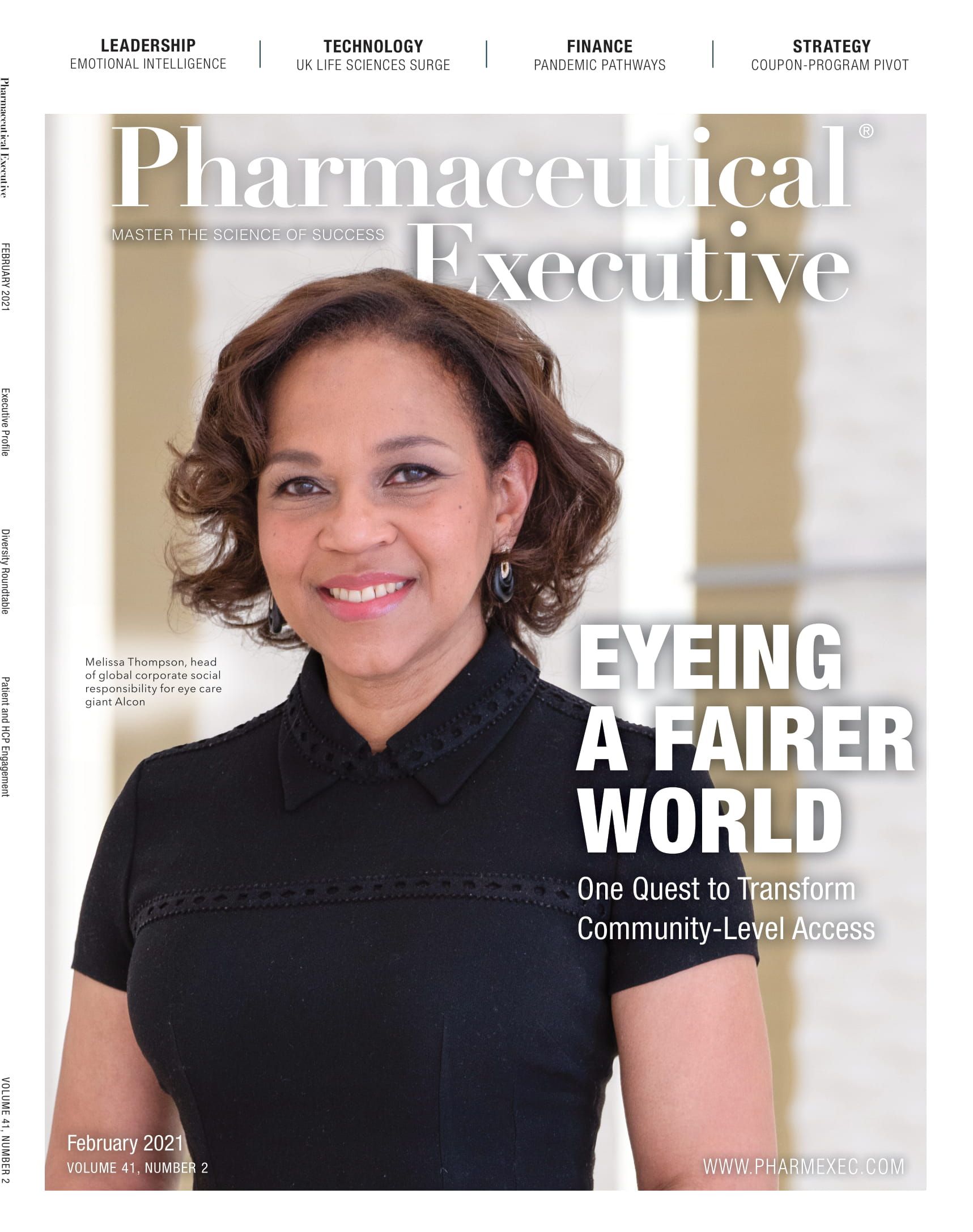FDA Inspection Shutdown Increasingly Delays Approvals
Applications put on hold as agency limits alternative oversight methods.

Last March, FDA halted most field inspections of biopharmaceutical facilities and clinical research sites due to travel and contact restrictions imposed by the COVID-19 pandemic. Agency officials said they would rely more on the past compliance history of a production site, quality control documents requested from the manufacturer and inspection reports, and other information from other trusted regulatory authorities to determine whether an inspection was needed to approve a new or changed product from that facility. The agency also has weighed the viability of conducting virtual inspections, with limited success.
The inspection hiatus did not delay most new product approvals for much of the past year, as many drugs came from facilities that had been inspected recently or had a sufficiently strong compliance record to support a regulatory decision. But now inspection issues are delaying more new product approvals. In December 2020, FDA postponed approval of an important new cholesterol therapy inclisiran from Novartis due to concerns about the European contract manufacturer producing the new product. FDA sent Novartis a Complete Response Letter (CRL) Dec. 18, explaining that it could not approve the drug by its user fee action date due to “unresolved facility inspection-related conditions” that could not be overcome due to foreign travel restrictions.
Jill Wechsler, Washington Correspondent

FDA also delayed approval in November of a CAR-T liso-cel therapy to treat adults with large B-cell lymphoma from Bristol Myers Squibb when travel restrictions prevented an inspection of the Lonza production facility in Texas. Also in November, Revance Therapeutics acknowledged it would not be able to market a new injectable anti-wrinkle skin treatment because FDA was unable to inspect the company’s California manufacturing facility on time. FDA similarly delayed the review of Spectrum’s neutropenia drug Rolontis, which the company licensed from a South Korean firm that FDA was unable to inspect. And Alkermes said it received a CRL for its new treatment for schizophrenia and bipolar disorder when a remote records review done in place of a preapproval inspection found issues related to a tablet coating process at its Ohio facility. Alkermes resubmitted its application in late December and now expects an approval decision by mid-year.
Although agency officials indicated in July they might start conducting some critical domestic site visits, few occurred as infection rates accelerated again. FDA issued guidance in August addressing a range of questions related to the inspection situation to help manufacturers cope. The agency further acknowledged the growing difficulties created by the inspection hiatus in guidance posted Dec. 21 to clarify how quickly (or slowly) it would act following a manufacturer’s response to a CRL when a facility assessment remains necessary before FDA can approve an original drug application or important supplement. The advisory states that reviews of resubmitted applications for products that require an inspection may take four or six months or more.
Little support for remote tactics
The December guidance notes the difficulties in conducting necessary facility assessments and acknowledges that it often is not feasible to rely on alternative tools, such as records requests or review of inspection reports from trusted foreign regulators, and that such strategies “can be as resource intensive as inspections.”Analysts note, moreover, that some FDA requests for GMP-related documents have been extensive, involving line listings, lab reports, adverse event notices, requiring multiple data submissions that raise concerns about data security.
The agency’s distrust of alternative oversight methods applies particularly to production sites with past compliance problems, observed Don Ashley, director of Office of Compliance at the Center for Drug Evaluation and Research (CDER). He reported that the agency is doing more product sampling this past year, relative to site inspections, in weighing the need to issue warning letters or import alerts, at a December FDA enforcement conference sponsored by the Food & Drug Law Institute (FDLI).
Ashley further expressed skepticism about using alternative oversight strategies for follow-up inspections of companies looking to remedy issues raised in earlier Official Action Indicated (OAI) citations. He noted that most follow-up inspections of such sites in prior years revealed that earlier problems had not been corrected, giving him “reason for pause” in relying closely on company reports on resolving serious issues.
Jill Wechsler is Pharm Exec’s Washington Correspondent. She can be reached at jillwechsler7@gmail.com.

FDA Grants Priority Review to Regeneron’s Eylea for Macular Edema Following Retinal Vein Occlusion
April 18th 2025Regulatory action was based on data from the Phase III QUASAR trial, which demonstrated that Eylea HD dosed every eight weeks achieved non-inferior visual acuity outcomes compared to Eylea in patients with macular edema following retinal vein occlusion.
Navigating Distrust: Pharma in the Age of Social Media
February 18th 2025Ian Baer, Founder and CEO of Sooth, discusses how the growing distrust in social media will impact industry marketing strategies and the relationships between pharmaceutical companies and the patients they aim to serve. He also explains dark social, how to combat misinformation, closing the trust gap, and more.